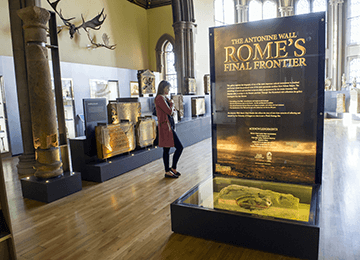
Hunterian Museum, Glasgow
Opened in 1807, the Hunterian Museum and Art Gallery at the University of Glasgow is Scotland’s oldest public museum. Of particular interest to those visiting and studying the Antonine Wall is ‘The Antonine Wall: Rome’s Final Frontier’ gallery. It has the largest collection of artefacts from the Antonine Wall than any museum in Scotland.
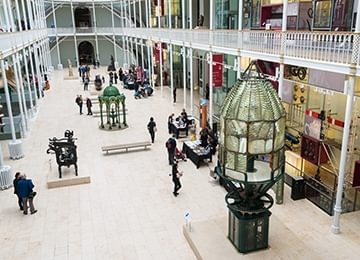
National Museum of Scotland, Edinburgh
The National Museum of Scotland in Edinburgh is Scotland’s largest museum, featuring a wide range of exhibits relating to Scotland, Europe, and the rest of the world. Highlights relating to the Antonine Wall include an altar dedicated to Hercules Magusanus that was found near Mumrills fort, a glass intaglio of the god Bonus Eventus from Auchendavy, and the original Bridgeness Distance Slab—the largest and most elaborate sculptured stone from the Roman frontier.
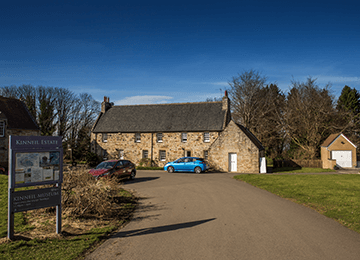
Kinneil Museum, Boness
Located within the 17th-century stable block of Kinneil House, the Kinneil Museum serves as an interpretation centre for the Kinneil Estate and the town museum for Bo’ness. The museum tells the story of Kinneil from the Roman period until the more recent past and highlights the presence of the Antonine Wall, which runs adjacent to the museum, and the Roman fortlet on the estate.
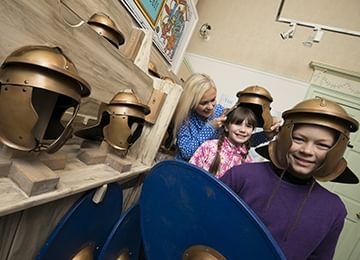
Callendar House, Falkirk
Callendar House is a stately home dating from the 14th century, situated within the extensive Callendar Park estate. It now houses a public museum with permanent displays that tell the history of Callendar House and Falkirk District. The Antonine Wall, Rome’s Northern Frontier features a wide range of artefacts from, and information about, the Antonine Wall and the Roman period in Scotland. A long stretch of very visible Antonine Wall ditch is located within the park just north of Callendar House.
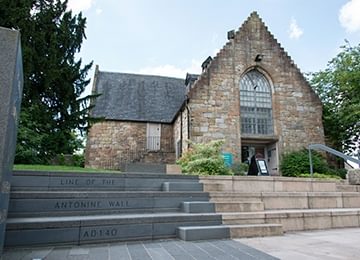
Auld Kirk Museum, Kirkintilloch
Located within an old church that is Grade A listed and dates from 1644, the Auld Kirk Museum (adjacent to Peel Park in Kirkintilloch), features Roman artefacts from the Antonine Wall and Bar Hill fort, as well as other objects that reveal the social, industrial, and everyday activities of the people who have lived in East Dunbartonshire over the past 4000 years.